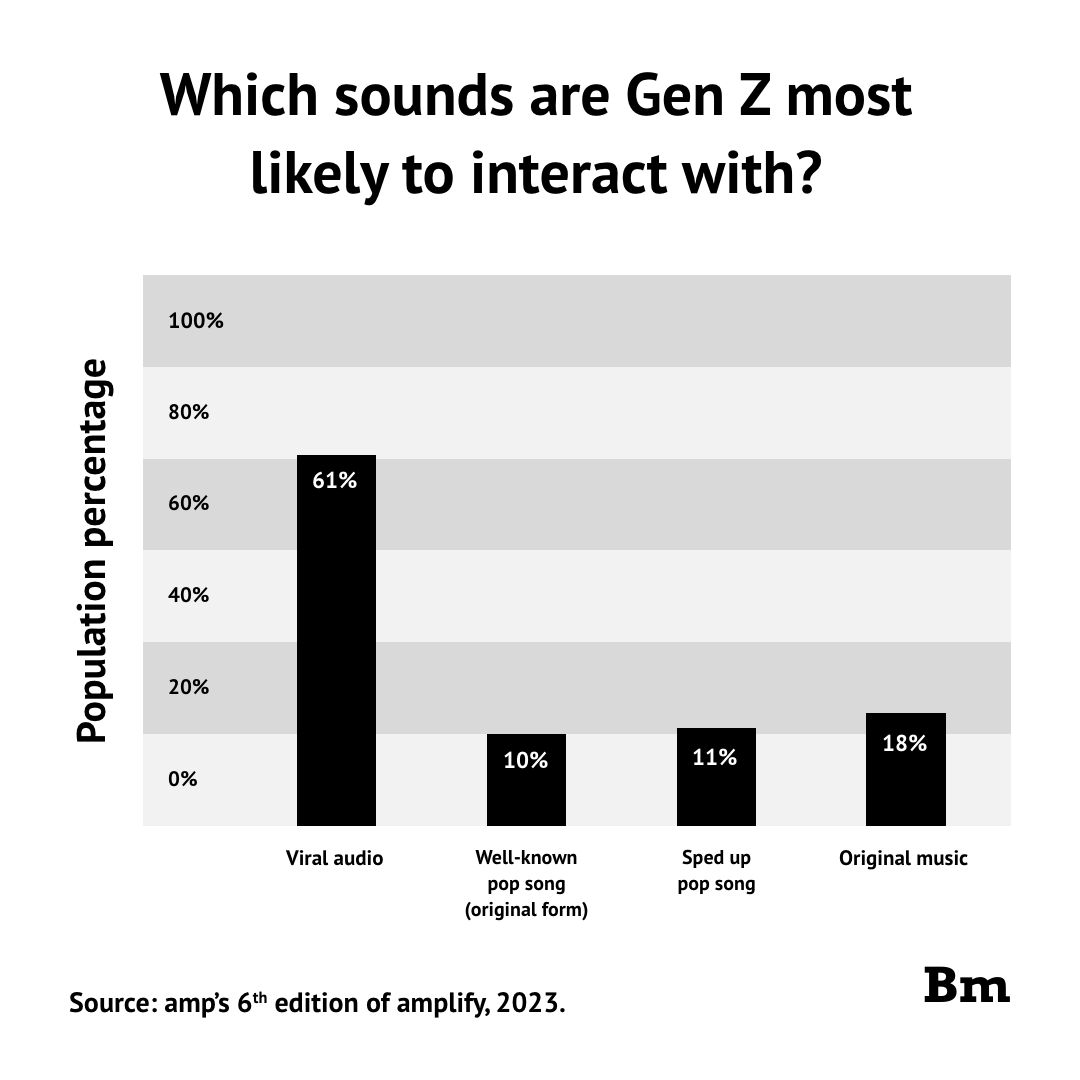
Gen Z, the generation that has saturated news cycles and dominated social media, wields the unique power to make (or break) brands as they permeate digital channels. This young adult demographic–made up of individuals born between the years of 1997 and 2012–has made it abundantly clear that they will not waste their time on brands that do not demonstrate a sense of authenticity and ownership over their content.
In the short-form modern world, brand authenticity is in short supply, as many international corporations use thinly veiled trends to sling products and spike sales. And, think what you will, but clunky TikToks tailored to teens featuring licensed tracks will not cut it in Gen Z’s fast-paced digital universe.
So, does this mean that Gen Z does not want to hear brands’ sales pitches? Quite the opposite, they want to be a part of this pitch process more than any generation that came before them.
Gen Z is enabling a new type of branding strategy across digital touchpoints. The younger generation does not require brands to spend exorbitant amounts of money on licensed tracks or need brands to create perfect bespoke music for each campaign. Gen Z would like to be given sonic assets to mold, remix, create, and play with to produce their own unique content.
According to a Spotify study, 65% of Gen Z agree that audio helps them experience a situation more deeply.
The key is to provide Gen Z with engaging and profound branded assets that feel worthy of their time and energy. With these, they create. And, guess what? All content created with owned branded sonic assets will further a brand’s voice and catapult it to the viral stratosphere.
How can brands get Gen Z involved in their marketing efforts and effectively promote themselves within the cultural zeitgeist? How can they ensure their content triumphs over competitors in the eyes of the younger demographic?
- Invest in brand-owned music
- Implement sonic assets across digital platforms
- Enable cross-platform co-creation with remixable content.
Investing in owned brand sound can act like a bridge to Gen Z, facilitating connection in a sea of stock music. Are there alternatives to owned sonic assets when connecting with Gen Z? Licensed or stock music is often used, but both of these have proven ineffective when marketing to this sonically sophisticated generation. Although cheap, stock music is generic and provides no value for a brand.
Licensed music, on the other hand, may seem enticing, but Gen Z sees right through these expensive campaigns. Brands that borrow cultural capital to create a makeshift sonic strategy lose their ability to be authentic. In fact, any attempt by a brand to mask its identity by tacking onto the popular support of an artist’s brand is quickly called out by Gen Z for being completely INauthentic.
Even if brand sonic assets do not hit the viral mark, they are still more effective than licensed music. When asked about what content Gen Z was most likely to interact with, videos with viral sounds were rated the most by a great deal. However, original music was rated second most, 7-8% more than licensed or sped-up licensed music (see below).
According to the same research, Gen Z can recognize and identify brands with viral sonic assets at nearly double the rate of those without viral sonic assets. It’s for this very reason that implementation is key. Investing in brand-owned music is only beneficial if the assets are shared with the world.
After implementation, branded assets must be accessible to creators working in the digital sphere. Branded assets like Microsoft’s XP Startup sound or Burger King’s Whopper song went viral not because the brand overloaded an algorithm, but because Gen Z created content and expedited social reach. Gen Z has taken sonic assets like these and made remixes, games, and other types of fun content that perpetuates the sonic and promotes the brand into ad world stardom.
Brands may find it difficult to relinquish control of branded assets, and I get that. But when paired with an optimized sonic strategy, well-crafted sonic assets promote brand-specific associations across all generations and touchpoints. Should these sonic assets then go viral, they’ll already be associated with the brand.
The sonic space is constantly growing, and the sooner brands take the leap in owning a piece of it, the greater chance they have at garnering Gen Z’s attention. The younger generation is highly adept at finding creative and unique ways to spread brand voice while creating cross-platform content. Authenticity may be hard to come by and going viral is never guaranteed. That doesn’t, however, mean that brands looking to connect with Gen Z without owned sonic assets shouldn’t reexamine their strategy.
Cover image: Rawpixel.com
